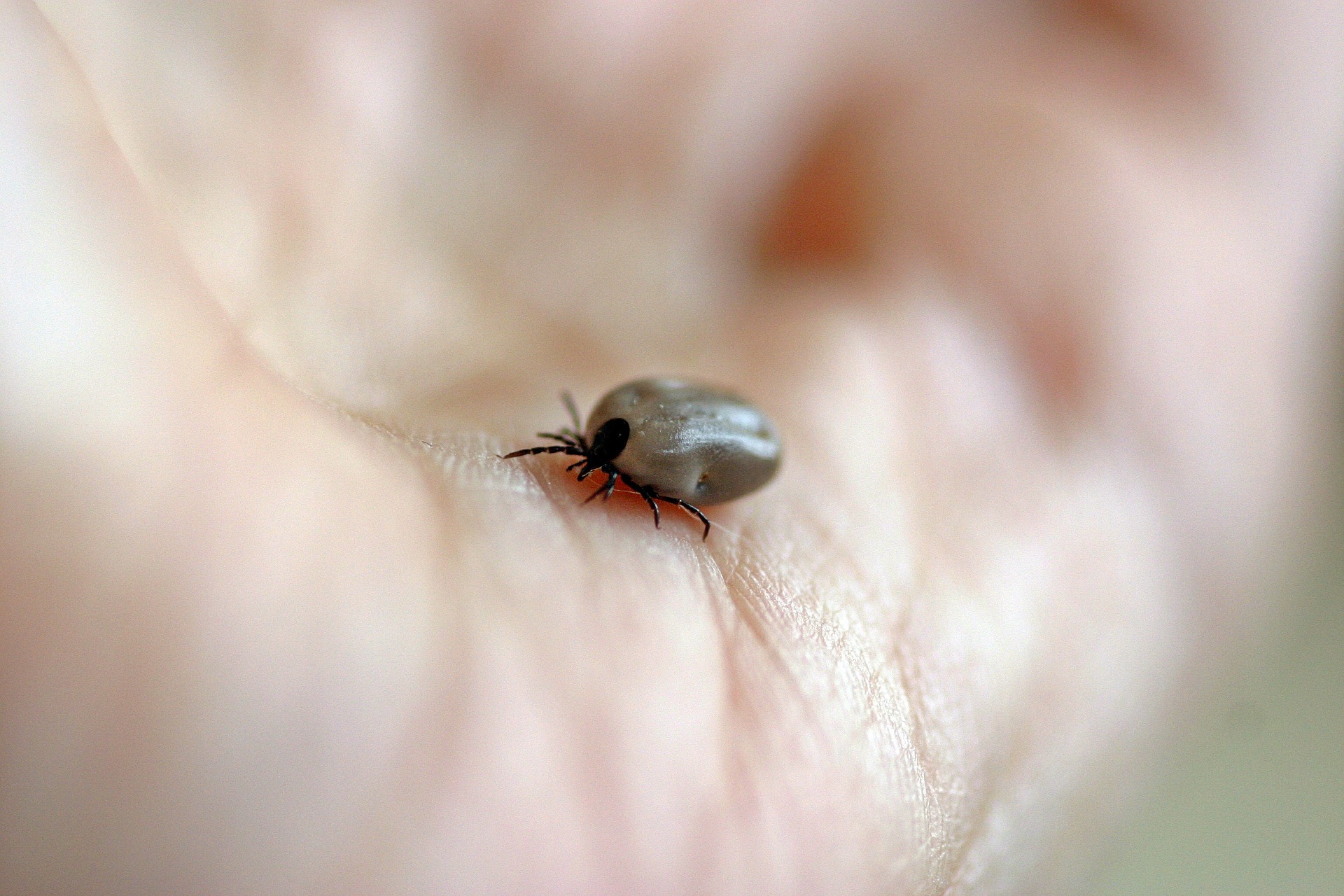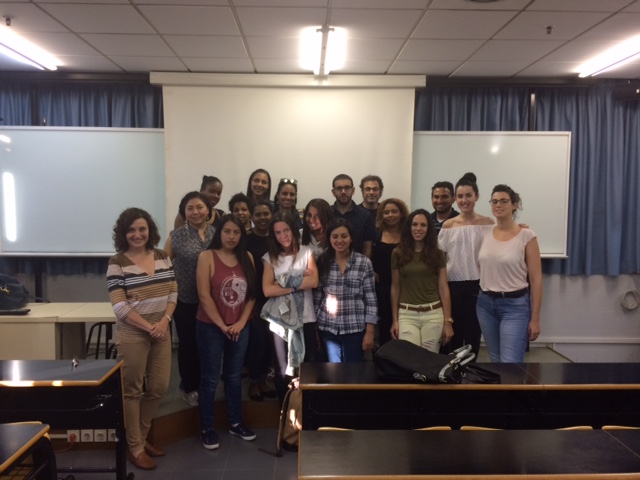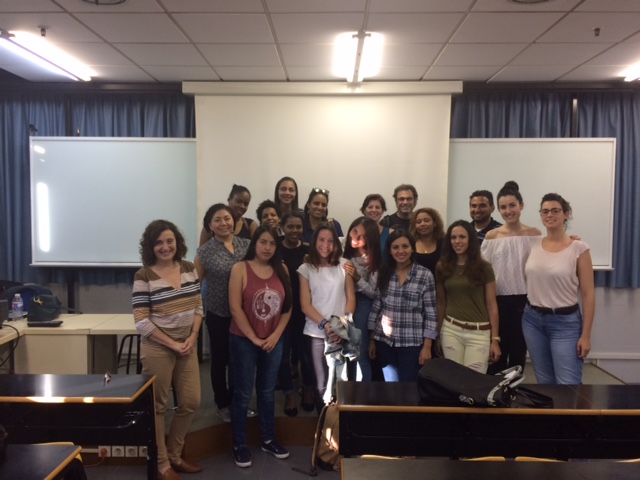
Few weeks of summer left, where the tiger mosquito and its bites have been the order of the day for weeks, a mite has made himself room in our parasitic diseases agenda: the tick. A bite of one of them has caused the death of a man in Madrid and the hospitalisation of the nurse who took care of him due ot the Crimean-Congo hemorrhagic fever.
8 september 2016
The two cases, the first detected of this disease in Western Europe, were confirmed by the authorities some weeks ago. Specifically, it was on 25 August when the patient, a 62-year old man, died in the Doce de Octubre Hospital in Madrid. His nurse is still isolated in the La Paz-Carlos III hospital, specialised in this kind of infectious diseases.
In a try to clarify the situation and calm the possible people infected, the experts of the Carlos III Institute in Madrid have explained that the idea previously had of the hemorrhagic fevers are diseases highly contagious between humans is “unsustainable.”
Let’s see what this disease is about. The one of Crimea-Congo is a type of viral hemorrhagic fever (VHF) caused by a virus that lives not only in ticks but also in mosquitos and some rodents, responsible for the transmission to humans. The contagion vector-human is produced when humans come into contact with animals infected with the virus, when suffering the bite of a mosquito or tick or through contact with secretions or excreta of infected rodents. On the other hand, the transmission between people is caused due to the contact with infected fluids.
This hemorrhagic fever, endemic in Africa, the Balkans, the Middle East and Asia, is, despite being a virus with very limited presence in our country and in Europe, a disease whose mortality rate can reach the 40 per cent in the worst of cases and for which there is no vaccine yet, according to the warning of the World Health Organisation.
Its main transmitter vector is the tick of the Hyalomma lusitanica genre,known in rural environments such as “hard tick” or “black tick”. This species is native of steppe places of temperate zones and can travel great distances transported by migratory birds.
Its presence in the organism is manifested similarly to other parasitic diseases, in the way of fever, muscle pain, sickness, neck pain and rigidity, lumbago, intense head aches and irritation of the eyes, symptoms that start suddenly and can be accompanied with nausea, vomiting, diarrhoea and, to a lesser extent, with mood swings and confusion. Hepatitis signals are frequent, and very serious patients can suffer a fast renal impairment or liver or pulmonary failure.
What differentiates the process of the Crimea-Congo hemorrhagic fever is mainly the type of bite of the vector that transmits it. Ticks, which usually live in rural areas, wait the opportunity to hook to its victim and, once embedded in the skin, they start feeding from the blood in a process that can last several days.
Due to its permanence in the host’s skin, to which they normally stick for hours, recognising the bite is fairly easy, as also is the method of removal of the parasite, which has to be removed by softly pulling it with forceps without tooth in a orthogonal direction from the skin until detach the tick, thus avoiding the use of hydrogen peroxide, petroleum jelly or other home remedies, according to the dermatologist Rosa Taberner in her blog.
Although it is necessary to indicate that most of the people exposed to the virus of the Crimea-Congo hemorrhagic fever after after a tick bite do not develop the disease, since the estimated percentage of people that do is around 20%. The normal thing, explains the doctor José Antonio Oteo, is that patients do not know that they have been exposed or that, at most, they present a stage of fever and muscle pain, as it happens in other viral diseases.
In an interview published by the agency SINC, Oteo explains also that “global warming we are suffering can turn ticks more aggressive” and considers that caution is the most effective to avoid contagion. According to the doctor, “the change of the environmental conditions affects the distribution of the anthropod vectors, as we are observing with the tiger mosquito. In the case of ticks, it seems that global warming we are suffering can turn them more aggresive.”
Before the threat of ticks, WHO recommends reducing the risk factors with the use of protective and light colour clothing to be able to easily detect the presence of the parasite, examining frequently our skin, avoiding areas where mites are abundant and using authorised acaricides and applying repellents in the skin and the clothes.











